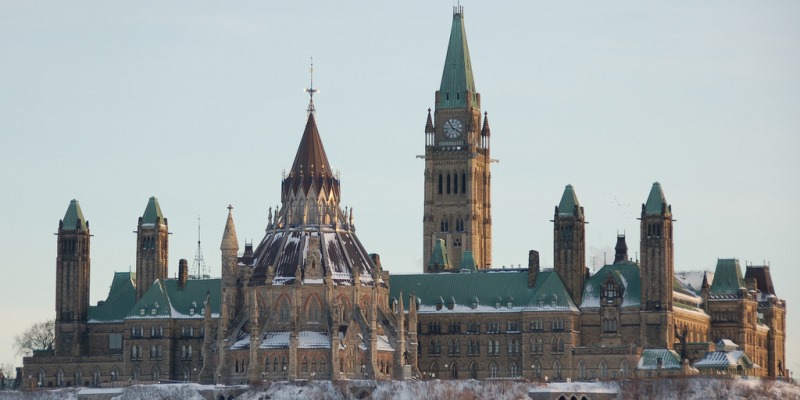Imagination versus the reality of government

There's a gap, some might say a chasm, between what advocates for new and expanded government programs imagine the government is able to achieve versus the day-to-day reality of government. Recent Canadian history provides no shortage of examples of ambitious imaginative initiatives for government.
The current federal government, for instance, contends it can successfully and efficiently identify and execute support for certain sectors of the economy as a means to improve the broader economy. Last year’s budget contained more than $8 billion aimed at its “Innovation Agenda.”
Finance Minister Bill Morneau in his post-2017 budget comments described the role of his government in allocating investments: “…we’re investing in sectors where we know we can beat the world… we’re definitely choosing places where we can win globally” and “we’re making investments to grow our economy.” Note the unconstrained confidence, that the federal government knows which sectors—and indeed which firms—to support to successfully improve the economy and that is has the capabilities to do so.
Compare that view, that the federal government has the ability to pick winners and losers in the economy, against the ongoing problems the federal government has paying its employees. A recent report by the auditor general found that the federal payroll system remains plagued by problems, with errors in 2018 totalling $615 million, affecting more than 150,000 federal employees.
Indeed, reports from the auditor general include countless examples of government failure for often times mundane tasks. For example, a series of reports examined the country’s social insurance numbers, which are the basis for receiving government transfers such as employment insurance and old age security. At one point, the AG found there were 100 times as many SINs for people over the age of 100 as there were actual people, more than 50 per cent of SINs had no supporting documents, and that there were 3.8 million more SINs for Canadians over the age of 20 than there were people.
Another illustrative example is the 2001 heating expense relief program, which was meant to provide payments to lower-income Canadians suffering from higher-than-normal heating costs. The auditor general found that 90,000 Canadians in need of assistance were excluded, less than one quarter of the $1.5 billion spent actually reached low-income Canadians, up to 1,600 prisoners received payments, and some 7,500 deceased Canadians also received payments.
Clearly, the private sector and government face markedly different incentives. If a private firm misallocates capital, treats customers poorly or delivers an unwanted or unsatisfactory good or service, its owners and employees pay the price—the firm may even go out of business. Put differently, there’s an immediate and direct line of accountability for owners and employees of firms when it comes to their products and customers.
None of this discipline exists with respect to government. It’s rare for a bureaucrat to lose his position due to government failure. Indeed, in many ways, when governments fail, the reaction is to spend more money, expand the department’s resources or perhaps create a new department or initiative.
Best-selling author Nassim Nicholas Taleb calls this “skin in the game.” In other words, people make better decisions when they have a direct and vested interest in the outcome, and experience the benefit (successful) or cost (unsuccessful) of their decisions. Simply put, politicians and bureaucrats don’t face these costs or benefits.
To be clear, this is not about the government lacking great people with the best of intentions. Canadians can be rightly proud of our civil service, which is among the best in the world. The problem is not the people, the problem is the system. Great people working in an unaccountable system that weighs political costs and benefits, rather than worrying about customers and products, will be limited in their ability to do great work.
Citizens are served best when we understand the strengths and weaknesses of both markets and government. Imagining that governments can do something shouldn’t be sufficient for action to follow. Recognizing the practical limitations and realities of government will result in a more effective, focused government that uses taxpayer resources more wisely.
Authors:
Subscribe to the Fraser Institute
Get the latest news from the Fraser Institute on the latest research studies, news and events.


